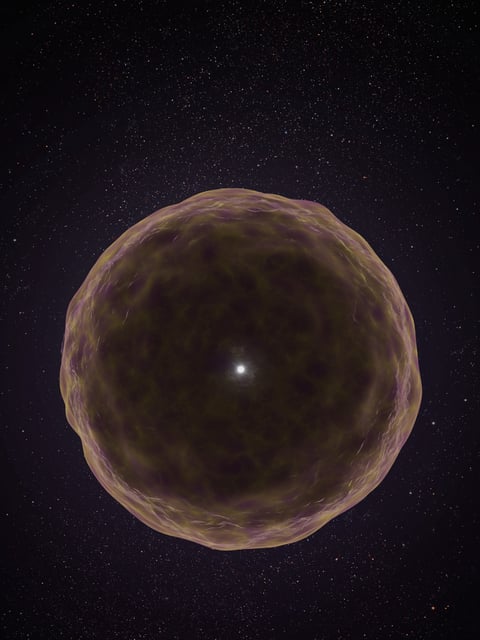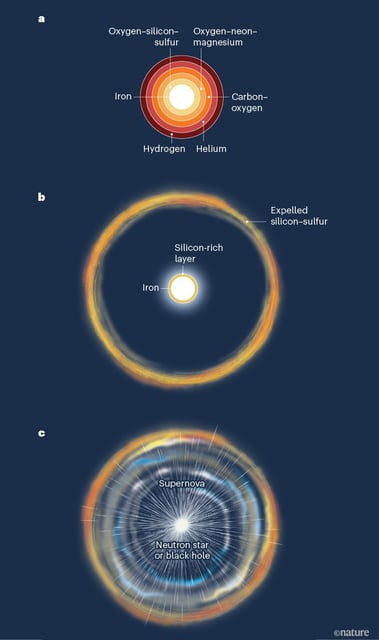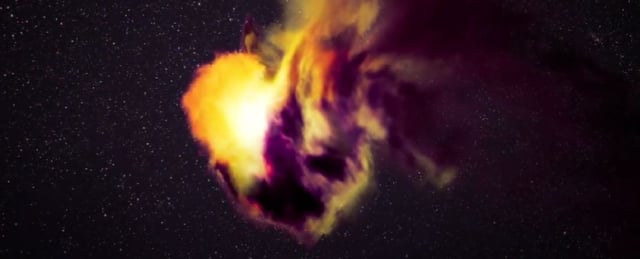Overview
- Spotted by the Zwicky Transient Facility in September 2021 about 2.2 billion light-years away, the event was captured with a rapid Keck spectrum within a day, revealing an unusual chemical fingerprint.
- The spectra were dominated by silicon, sulfur and argon rather than the lighter elements usually seen, providing the first direct look at material forged near a massive star’s core.
- Analysis shows the progenitor had already lost its hydrogen, helium and carbon layers, leaving an extremely stripped star whose deep inner shells became visible.
- The team favors a scenario of repeated, violent mass-ejection episodes—possibly pair-instability–type pulses—with colliding shells powering the observed brightness, though the precise mechanism remains unsettled.
- Researchers note puzzling traces of helium, propose a potential new observational subclass, and stress that more examples are needed to gauge how common this phenomenon is.


